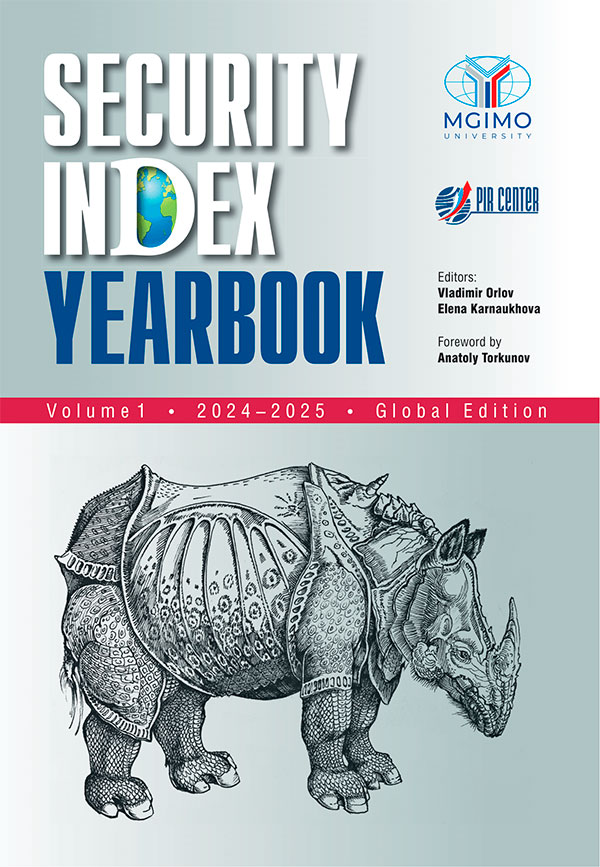... which notes that gas production in the country increased from 18 billion cubic feet (511 cubic metres) in 2005 to 26.9 billion cubic feet (760.6 billion cubic metres) in 2017. The surplus of gas on the domestic market allowed the United States to launch LNG exports in 2016. The country did not become a net exporter of gas until 2017, however, with large-scale import and export operations being carried out with Mexico and Canada.
Source:
EIA
Latin American countries were the main importers of LNG in ...
... replaced by Kuzbass coal. The government of Kazakhstan is aware of these plans, and is seeking new markets for its coal.
A Coal-Free Portfolio
The future of coal in Europe is unclear. As gas grows cheaper due to the gradual increase in the number of LNG suppliers and improvements to the regasification infrastructure, the demand for coal in the region is expected to decline at a rate of
8 to 10 million tonnes per year
. Not only will gas become competitive in terms of its price, it will also be preferable ...
... supply disruptions by implementing “gas stress tests” (modelled by ENTSOG) and to foster solidarity (Regulation 994/2010) between European member states regarding redistribution of storage capacity under Emergency plan. According to CEER, LNG could become a key source of European flexibility and diversification. Thus, this article will summarise and explain the role plaid by the LNG in the establishment of the European security of supply. In 2014 EU had already 8 LNG suppliers, however,...
... what is coupled by its strategy of diversification from Russia in the aftermath of Ukrainian crisis. At the same time, growing demand for gas in post-Fukushima Japan (who shut down its remaining nuclear reactors) has become a target for the American LNG whose price remains competitive given the abundance of gas resulting from the so-called shale revolution. The US government also conceived a number of programs to help finance oil and gas projects in other countries and to provide technical expertise ...
The Yamal LNG project has recently demonstrated that Russia’s eastward pivot may in fact provide a solution to the financial constrains, imposed as a result of the Ukraine-related Western sanctions against Russian companies and individuals. Russian, French ...
LNG exports: Mr. Obama’s campaign promise? There is nothing new about the gas export from the United States. Canada, Mexico and Japan have been receiving American gas for almost a century. However, shale revolution came out as a surprise not only ...
... prices does not provide an incentive to shift to an alternative pricing system.
Rosneft agreements with SODECO, Vitol and Marubeni fix the key commercial parameters that form the basis for future long-term contracts for supplying Liquefied Natural Gas (LNG). In accordance with signed agreements, Rosneft plans to carry out long-term supply of LNG to the Japanese market in 2019.
Photo: CNPC rigs
Adolf Mahin:
China's Energy Strategy
On June 21, 2013, at the St. Petersburg Economic Forum, Rosneft signed ...
On 1 December 2013 a law on the export liberalization of liquefied natural gas (LNG) came into legal force in Russia. The law allows some categories of companies other than Russia's state gas giant Gazprom and its subsidiary companies to have LNG export rights. This is - without exaggeration - a historic decision for the Russian ...
... 1990s, but its 9 Alaskan fields are now in sharp decline and Norway’s Snovhit Field is not matching the Russian spike in production as it is only producing single digits output vs. 45 million tons extracted by Russia. In fact, Alaska’s Kenal LNG Terminal was closed due to its inability to compete against the new Sakhalin LNG. Moreover, competition in the near future from Russia is set to rise further following the anticipated increase in shipments via the Northern Sea Route. To cite some ...
... 2006 a total of 22,995 oil tanker journeys were recorded via the strait, which is only second to 29,672 container vessels, as we know Asia is a leading producer of low-cost consumer goods. Also, in the last decade the world has recorded an upsurge of LNG tankers with Indonesia, Malaysia, Qatar and Australia shipping liquefied gas via Malacca to Japan and Korea. In all, most ship types are growing in demand with Khalid (2009) even underlining that by 2020 Malacca will see traffic of 100,000+ ships ...



